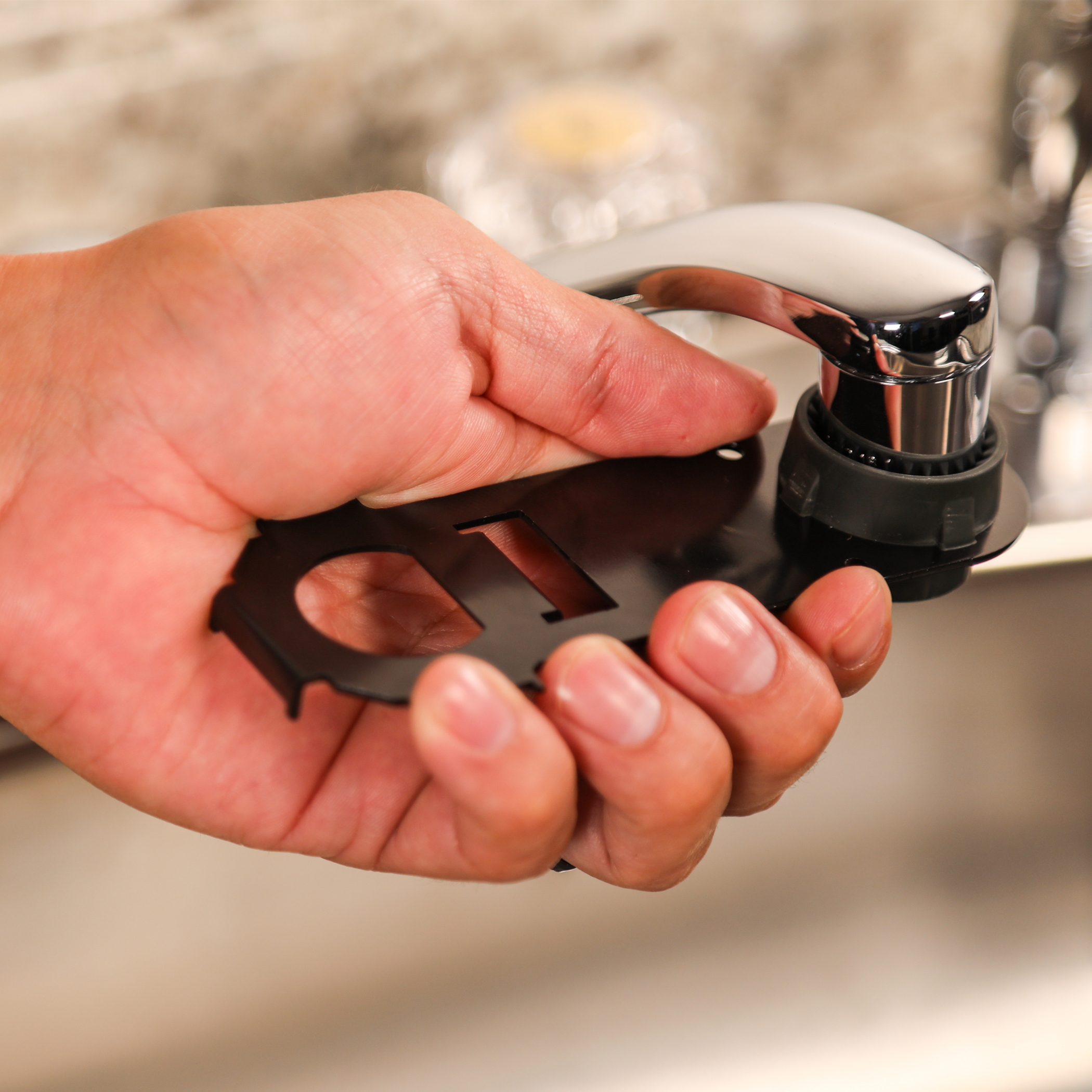Post-Removal Considerations

Removing the aerator from your Kohler bathroom faucet can have several implications for your water flow and pressure. Understanding these potential changes and taking proper maintenance steps are crucial for ensuring the longevity and optimal performance of your faucet.
Water Flow and Pressure
Removing the aerator can significantly impact the water flow and pressure coming out of your faucet. The aerator’s small holes and internal design mix air with the water stream, creating a larger, more forceful flow. Without the aerator, the water will exit the faucet with a more focused, direct stream, potentially leading to:
- Increased Water Pressure: The absence of the aerator’s air mixing mechanism can result in a noticeable increase in water pressure, potentially causing splashing or discomfort.
- Reduced Water Flow: While the pressure might increase, the overall volume of water flow might decrease due to the more concentrated stream. This could affect the efficiency of tasks like washing hands or filling a basin.
Faucet Maintenance
After removing the aerator, it’s important to maintain your faucet to prevent any potential issues:
- Regular Cleaning: Even without the aerator, the faucet’s spout can still accumulate mineral deposits and debris over time. Regular cleaning with a mild cleaning solution and a soft cloth will help maintain its functionality and appearance.
- Inspecting the O-Ring: The O-ring inside the faucet’s spout helps prevent leaks. Inspect it periodically for signs of wear or damage and replace it if necessary. This will help ensure a tight seal and prevent leaks around the spout.
Aerator Inspection, Remove aerator kohler bathroom faucet
Inspecting the aerator after removal is crucial for understanding its condition and potential need for replacement:
- Signs of Wear: Look for signs of wear, such as scratches, dents, or missing parts. These can indicate that the aerator is no longer functioning optimally and needs to be replaced.
- Mineral Deposits: Inspect for mineral deposits or sediment buildup. This can restrict water flow and affect the aerator’s performance. Clean the aerator thoroughly or replace it if the deposits are too severe.
Alternative Solutions: Remove Aerator Kohler Bathroom Faucet
:max_bytes(150000):strip_icc()/removing-a-faucet-aerator-2718836-hero-01d87b8d7dd942ce8a8eee99f555781f.jpg)
In situations where removing the aerator is not desirable, alternative solutions can be explored to achieve the desired water flow and pressure. These methods focus on adjusting the existing aerator or replacing it with a compatible model.
Adjusting Aerator Settings
Aerators often have adjustable settings that allow users to control the water flow rate and spray pattern.
- Flow Rate Adjustment: Many aerators feature a small screw or dial that can be turned to increase or decrease the water flow. Turning the screw clockwise typically reduces flow, while turning it counterclockwise increases flow.
- Spray Pattern Adjustment: Some aerators have a removable screen or a small lever that can be adjusted to change the spray pattern. This allows users to select between a wide, gentle spray, a focused stream, or a combination of both.
